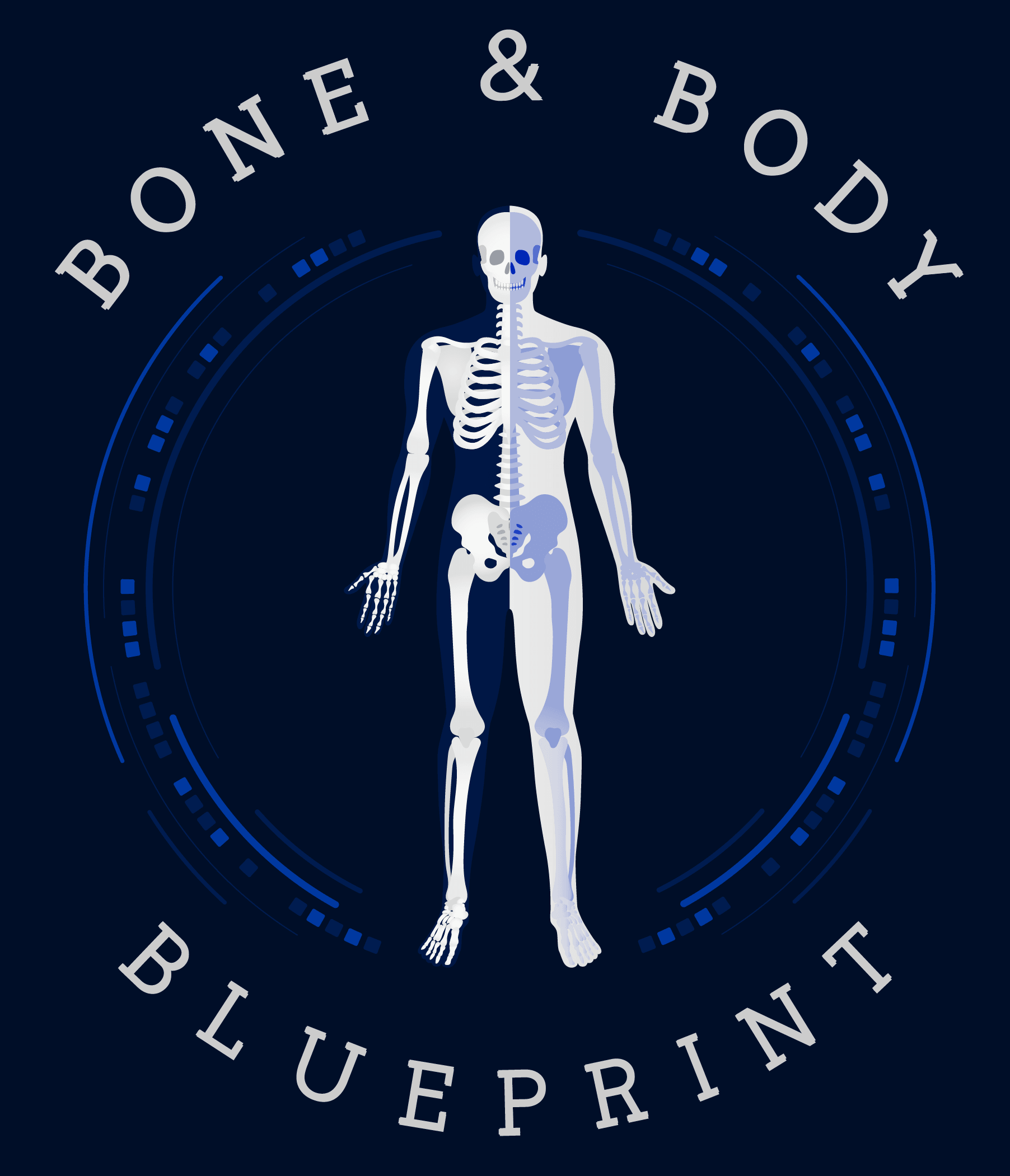DXA (also spelled DEXA) stands for Dual-Energy X-ray Absorptiometry. It’s a medical scanner that uses a very low dose of radiation to detect different types of tissue in the body — including soft tissue, bone, muscle, and fat.
During a scan, the patient lies flat on the scanner while X-rays pass through the body. Detectors then separate and measure each tissue type, creating a detailed picture of the entire body from head to toe.
Watch Heidi from Bone and Body Blueprint explain to NZTR jockey apprentices how DXA body composition scanning can support their career performance and life after racing.
Why is DXA so effective for measuring body composition?
One of the key advantages of a DEXA scan is its accuracy. It’s more precise than traditional methods such as skinfold calipers or bio-impedance machines.
The scan doesn’t just provide a whole-body overview — it breaks results down into regions like the arms, legs, trunk, and pelvis. This level of detail helps highlight where improvements can be made.
What are the benefits of DXA for athletes?
Athletes often use DXA scans to track performance and progress. By measuring body composition over time, they can see how training, nutrition, or recovery strategies are impacting muscle and fat distribution.
The ability to measure specific regions means that athletes can target weak areas, balance muscle development, and better understand how their training is shaping their body.
Why understanding body composition matters.
Whether you’re an elite athlete or simply focused on your health, understanding your body composition is far more useful than just looking at weight. A DXA scan gives a reliable, data-driven view of bone density, muscle mass, and fat — providing insights that can guide training, nutrition, and lifestyle choices.
In short, DEXA scans are a powerful tool for anyone wanting a deeper understanding of their body, health, and performance.



